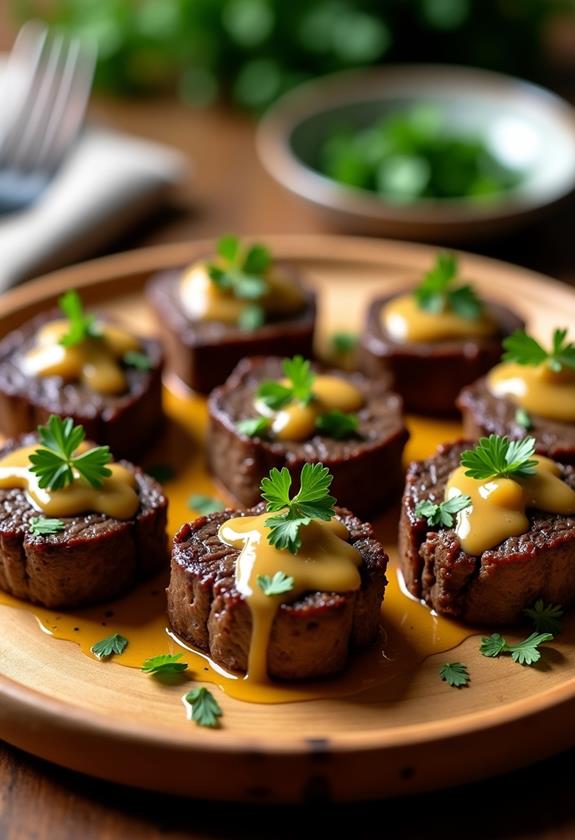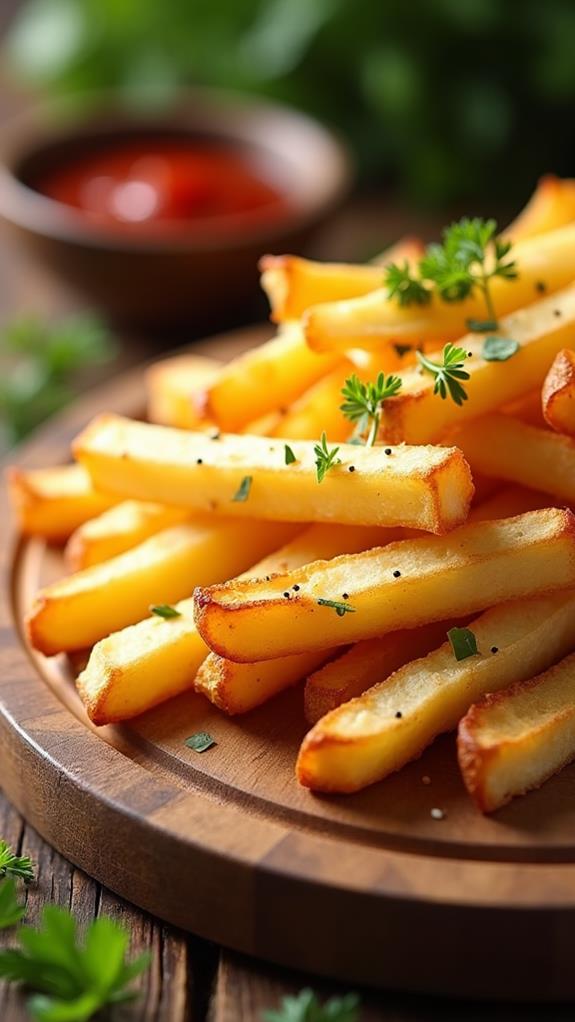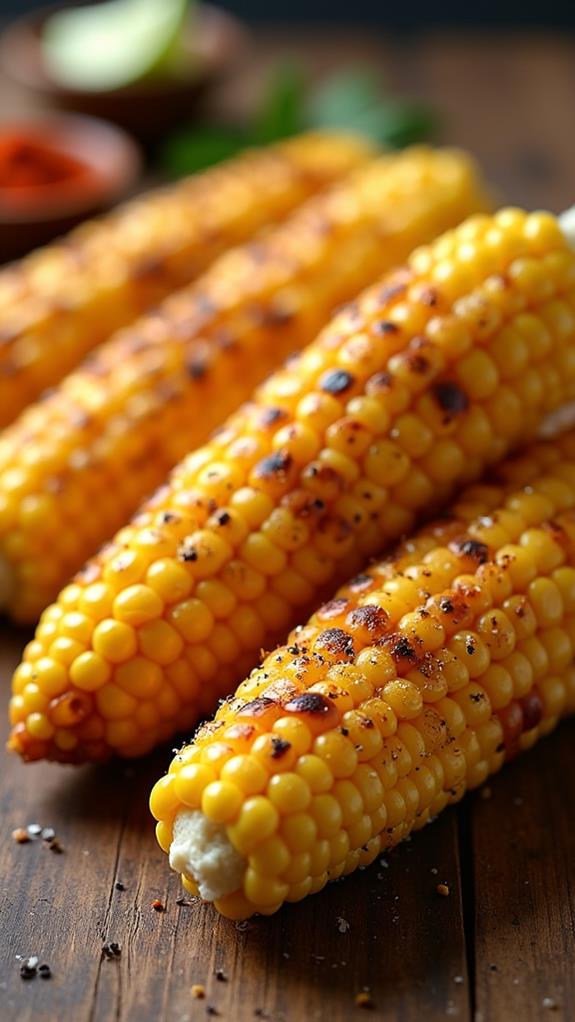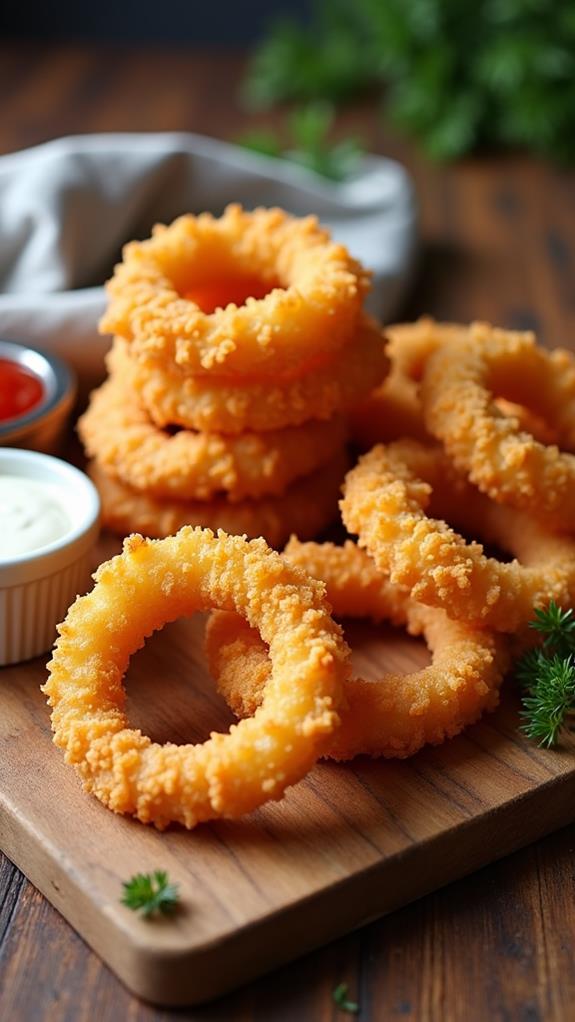Crispy And Delicious Potato Pancakes Recipe
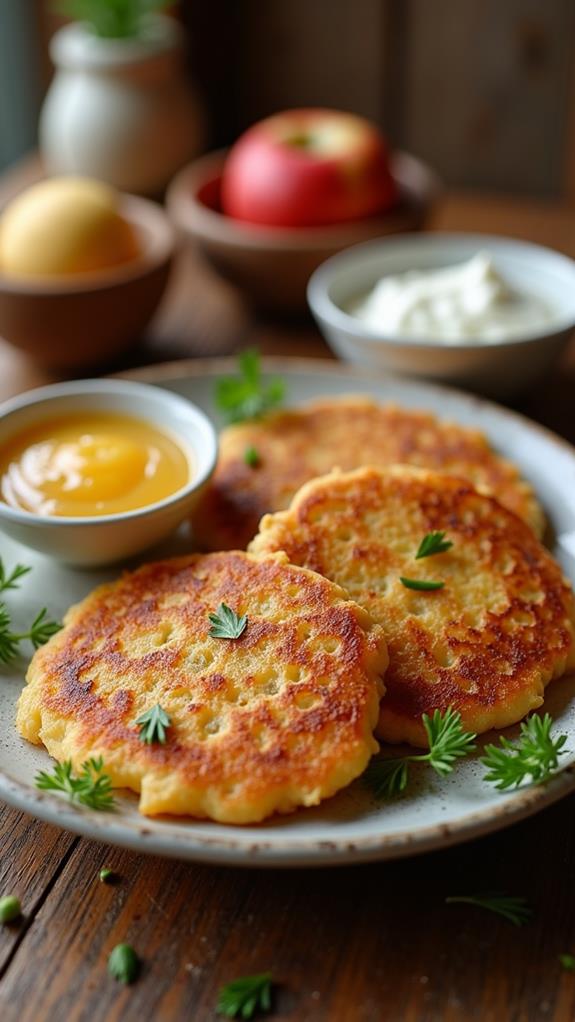
Looking for a comfort food that brings back childhood memories while delivering incredible crunch and flavor? These crispy potato pancakes are exactly what you need. With their golden-brown exterior and tender interior, these pancakes transform simple potatoes into something extraordinary.
Whether you call them latkes, hash browns, or potato fritters, this recipe will help you create the perfect balance of crispy edges and fluffy centers. Follow along as I guide you through creating these irresistible potato pancakes that are perfect for breakfast, lunch, or dinner.
What are “Crispy Potato Pancakes”?
Crispy potato pancakes are a beloved dish found in cuisines around the world, from Jewish latkes to German reibekuchen. These golden-brown delights are made by combining grated potatoes with simple binding ingredients, then pan-frying them until they achieve that perfect crispy exterior.
The magic happens when the starchy potatoes release their natural sugars during cooking, creating caramelized edges while the inside remains tender and fluffy. Unlike regular pancakes, these savory treats rely on the potato’s natural starch to hold everything together, resulting in a satisfying texture that’s both crispy and comforting.
Ingredients List for Crispy Potato Pancakes
- 2 pounds russet potatoes, peeled
- 1 medium yellow onion
- 2 large eggs, beaten
- 3 tablespoons all-purpose flour
- 1 teaspoon salt
- ½ teaspoon black pepper
- ¼ teaspoon garlic powder
- ¼ cup vegetable oil (for frying)
- 2 tablespoons butter
- Sour cream for serving
- Fresh chives, chopped (for garnish)
- Applesauce for serving (optional)
How to Cook Crispy Potato Pancakes: A Step-by-Step Guide
Creating perfect potato pancakes requires attention to detail and proper technique. Here’s my tried-and-tested method for achieving crispy, golden perfection every time:
1. Prepare the Potatoes:
- Wash and peel the potatoes thoroughly to ensure no dirt or eyes remain.
- Using a box grater or food processor, grate the potatoes using the large holes for the best texture.
- Immediately place grated potatoes in a large bowl filled with cold water to prevent browning.
2. Remove Excess Moisture:
- Drain the grated potatoes and transfer them to a clean kitchen towel or cheesecloth.
- Wrap the potatoes tightly and squeeze firmly to remove as much moisture as possible.
- This step is crucial for achieving crispy pancakes rather than soggy ones.
3. Prepare the Onion:
- Grate the onion using the same method as the potatoes.
- Add the grated onion to the squeezed potatoes in a large mixing bowl.
- The onion adds flavor and helps bind the mixture together.
4. Create the Batter:
- Add the beaten eggs, flour, salt, pepper, and garlic powder to the potato mixture.
- Mix everything together until well combined, ensuring the flour is evenly distributed.
- The mixture should hold together when squeezed but not be too wet or dry.
5. Heat the Pan:
- Heat vegetable oil and butter in a large skillet over medium-high heat.
- The combination of oil and butter provides the best flavor and prevents burning.
- The pan is ready when a small drop of batter sizzles immediately upon contact.
6. Form and Cook the Pancakes:
- Scoop about ¼ cup of the potato mixture for each pancake.
- Gently flatten each portion with a spatula to create even thickness.
- Cook for 3-4 minutes on the first side until golden brown and crispy.
- Flip carefully and cook for another 2-3 minutes until both sides are golden.
7. Drain and Serve:
- Transfer cooked pancakes to a paper towel-lined plate to drain excess oil.
- Serve immediately while hot and crispy for the best texture and flavor.
Substitutions and Variations
I love experimenting with different variations of potato pancakes to keep things interesting. Here are some substitutions and variations you can try:
- Potatoes: Yukon Gold potatoes work well for a creamier texture, while sweet potatoes create a different flavor profile entirely.
- Binding Agent: Replace flour with matzo meal for traditional Jewish latkes, or use cornstarch for a gluten-free option.
- Vegetables: Add grated zucchini, carrots, or parsnips for extra nutrition and flavor variety.
- Herbs: Fresh dill, parsley, or scallions can be mixed into the batter for additional flavor.
- Cheese: Incorporate grated cheddar or Parmesan cheese for a richer taste.
- Spices: Try adding paprika, cumin, or herbs de Provence for international flavor profiles.
Common Mistakes to Avoid
After making countless batches of potato pancakes, I’ve learned to avoid these common pitfalls that can ruin your results:
- Not Removing Enough Moisture: Excess water from potatoes will make your pancakes soggy and prevent proper crisping.
- Using the Wrong Potato Type: Waxy potatoes like red potatoes don’t crisp as well as starchy varieties like russets.
- Overcrowding the Pan: Too many pancakes in the pan will lower the oil temperature and result in greasy, soggy pancakes.
- Flipping Too Early: Let the first side develop a proper golden crust before attempting to flip.
- Wrong Oil Temperature: Too hot will burn the outside while leaving the inside raw; too cool will make them greasy.
How to Serve Crispy Potato Pancakes
Potato pancakes are incredibly versatile and can be served in numerous ways depending on the occasion. For breakfast, I like to serve them alongside scrambled eggs and crispy bacon, creating a hearty morning meal that will keep you satisfied for hours.
As a lunch option, these pancakes pair beautifully with a fresh green salad and a dollop of sour cream mixed with herbs. For dinner, consider serving them as a side dish with roasted chicken or beef, where they act as a delicious alternative to regular potatoes.
The traditional accompaniments of sour cream and applesauce shouldn’t be overlooked either. The cool, tangy sour cream provides a perfect contrast to the hot, crispy pancakes, while applesauce adds a sweet element that balances the savory flavors.
Presentation Ideas for Crispy Potato Pancakes
To elevate your potato pancakes from simple comfort food to restaurant-quality presentation, consider these styling ideas:
- Stack and Layer: Create height by stacking pancakes with layers of sour cream and fresh herbs between each one.
- Colorful Garnish: Top with finely chopped chives, a sprinkle of paprika, or even some caviar for special occasions.
- Sauce Drizzle: Create artistic drizzles of sour cream or herb oil around the plate for visual appeal.
- Fresh Elements: Add microgreens, edible flowers, or thinly sliced radishes for color and freshness.
Crispy Potato Pancakes Recipe Tips
Here are my professional tips for ensuring your potato pancakes turn out perfectly every time:
- Keep Ingredients Cold: Cold potatoes and eggs help maintain the mixture’s structure and prevent excess moisture.
- Work Quickly: Once you’ve prepared the potato mixture, cook it immediately to prevent oxidation and maintain texture.
- Maintain Oil Temperature: Keep the oil between 350-375°F for optimal crisping without burning.
- Use a Scale: For consistent results, weigh your potato portions rather than using volume measurements.
- Double Batch: These freeze well, so consider making extra and freezing them for quick meals later.
- Season the Oil: Add a sprig of rosemary or thyme to the cooking oil for subtle flavor enhancement.
How to Store Crispy Potato Pancakes
Allow the potato pancakes to cool completely to room temperature before storing (within 2 hours of cooking). Place them in an airtight container with parchment paper between layers to prevent sticking. Store in the refrigerator for up to 3 days.
For longer storage, potato pancakes freeze exceptionally well for up to 3 months. Wrap individual pancakes in plastic wrap, then place them in a freezer-safe bag. To reheat, place frozen pancakes directly on a baking sheet in a 400°F oven for 10-12 minutes, or until heated through and crispy.
Frequently Asked Questions (FAQs)
Q: Can I make the potato mixture ahead of time?
A: It’s best to cook potato pancakes immediately after mixing, as the potatoes will oxidize and release more moisture over time, affecting the final texture.
Q: Why are my potato pancakes falling apart?
A: This usually happens when there’s too much moisture in the mixture or not enough binding agent. Make sure to squeeze out excess water and add an extra egg if needed.
Q: Can I bake these instead of frying?
A: While baking is possible, you won’t achieve the same level of crispiness. If you prefer baking, use a well-oiled baking sheet at 425°F for about 20 minutes, flipping halfway through.
Q: What’s the best oil for frying potato pancakes?
A: Vegetable oil, canola oil, or peanut oil work best due to their high smoke points. I like combining oil with a little butter for extra flavor.
Q: Can I make these gluten-free?
A: Absolutely! Replace the all-purpose flour with cornstarch, potato starch, or your favorite gluten-free flour blend.
Q: How do I know when the oil is the right temperature?
A: Drop a small piece of the potato mixture into the oil. If it sizzles immediately and rises to the surface, the oil is ready.
Conclusion
Crispy potato pancakes represent the perfect marriage of simplicity and satisfaction. With just a few basic ingredients and the right technique, you can create golden, crispy delights that work for any meal of the day. The key lies in removing moisture, maintaining proper oil temperature, and not being afraid to let them develop that beautiful golden crust.
I encourage you to experiment with different variations and toppings to make this recipe your own. Whether you stick to the classic preparation or venture into creative territory with additional vegetables and spices, these potato pancakes are sure to become a favorite in your kitchen. Remember, practice makes perfect, so don’t be discouraged if your first batch isn’t restaurant-perfect. With each attempt, you’ll develop a better feel for the technique and timing. Happy cooking!

